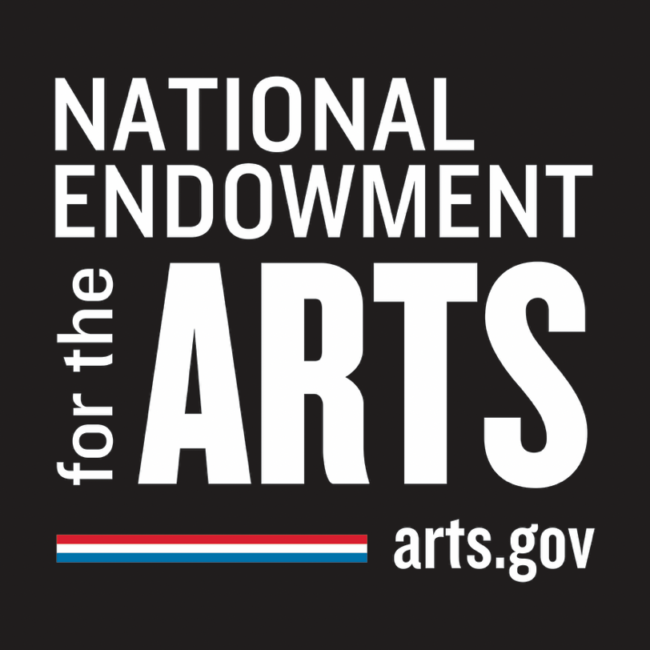
Dream Monuments: Drawing in the 1960s and 1970s

May 21 - September 19,2021
To register for the online artist talk with Ken Lum on August 18, 2021, go here. From the Menil: "Dream Monuments presents drawings that challenge the conventional idea of the monument as a permanent, grand, or commemorative form.The provisional character of drawing helped artists envision forms in improbable scales and for impossible conditions, radically transforming the monument to have a new set of sensibilities.Scaled to the size of the page but enormous in ambition, these works rethink history while rendering environments at turns as absurd, surreal, and subjective. The exhibition takes its inspiration from the unrealized exhibition “Dream Monuments,” planned by the Menil Collection’s foundersDominique andJohn de Menil. Letters, interviews, and notes indicate the potential directions the couple considered when developing their theme. One idea, formulated in June 1968, was an exhibition focusing on “strange monuments, either allegorical or historical,” in which “drawings and models by contemporary artists as Oldenburg, Christo, and others” would be shown alongside 19th-century and early20th-century equivalents. By 1969, the project included plans for large-scale, site-specific sculptures—or, in Dominique de Menil’s words, “monuments”—intended for parks and other public spaces in the greater Houston area.When the de Menils decided to include contemporary artworks, both as drawings and models in the exhibition and as public sculptures throughout Houston, it brought them to a broader rethinking of the term “monument.”Rebecca Rabinow, director of the Menil Collection, said: “Drawing is a space for dreaming, allowing artists to explore both the possible and the impossible. As such, Dream Monuments addresses how artists have radically transformed the concept of a monument, moving beyond traditional ideas of commemorative forms or historical markers. These works will challenge viewers’ beliefs, ideas, and perceptions of their own environments. Utilizing Dominique and John de Menil’s original vision and commissions for this exhibition, the curators have expanded the selection of artists from the 1960s and 70s to include more women and artists of color who were exploring these topics as well. The timing of this show coincides with a moment when the world is examining what a monument is and what it should be, bringing new perspective to the initial vision for the exhibition. The museum looks forward to exploring present-day conversations through online programming, which will be announced in the coming months.” With the unfinished project as a point of departure,Dream Monuments: Drawing in the 1960sand 1970sis organized into four thematic sections that trace the ways in which artists developed studies, proposals, and drawings conceived for the page alone.The exhibition marks the first time that a selection of drawings submitted for the original “Dream Monuments” project have been displayed together.The drawings are placed in dialogue with those by contemporaries who also sought new approaches to representing monumentality.The works on view constitute the foundation for a broader view of how artists grappled with the concept of monumentality during the 1960s and 70s.Kelly Montana, assistant curator at the Menil Drawing Institute, said:“With this exhibition, we are thrilled to bring to light one of the hidden gems of the de Menil archives.Placing these historic, yet underknown, proposals in dialogue with other artists working in the same period will constitute a new foundation for interpreting this era of art history.”On display will be works by Alice Aycock, Beverly Buchanan, Barbara Chase-Riboud, Mel Chin, Christo, Walter De Maria, Agnes Denes, Mary Beth Edelson, Jackie Ferrara, Gray Foy, Michael Heizer, Will Insley, Richard Long, Marta Minujín, Robert Morris, Claes Oldenburg, Dennis Oppenheim, Robert Rauschenberg, Robert Smithson, and Michelle Stuart.The exhibition opens with a grouping of conceptual works planned to be constructed and located in expansive areas of land. Included in this gallery are several of the original “DreamMonuments” proposals, primarily Land Art.The concepts depicted were either never realized or only produced using impermanent strategies.Christo, for example, never built a colossal mastaba alongside a Texas highway, as proposed inOne Million Stacked Oil Drums, project forHouston, Galveston Area,1970. Walter De Maria also never raised the funds for a pair of mile-long walls placed merely feet apart, as imagined from different points of view inDesertWalk/Walls in the Desert, 1964. Instead, he later drew temporary chalk lines half the length on the desert floor and documented himself alongside them.As a result, these sheets became the enduring sites for these monumental forms.The next grouping considers the fantastical constructions of artists who rendered common objects and structures as animate and anthropomorphic. Each work plays with the idea of monumental scale in order to denaturalize the everyday meanings and functions of the represented forms. Claes Oldenburg’sProposedColossal Monument for Park Avenue, New York-Bowling Balls, 1967, depicts larger-than-life bowling balls and pool balls that are simultaneously whimsical and threatening as they roll through Central Park and down Park Avenue, positing New York City as both playground and hazard.The third section focuses on artists who adopted technical styles of drawing to create cities and built systems that befit—and subvert—a monument for the contemporary moment and beyond.Works on view by artists such as Alice Aycock, Agnes Denes, JackieFerrara, and Will Insley embody the ambiguity that can constitute the experience of public space, with minimal reference to the users who might encounter these strange, even disorienting, fictive architectures. The last gallery includes aa selection of drawings suggesting that for these artists working in theUnited States during the 1960s and 1970s, monumentality did not necessarily entail permanence nor immensity, but rather material and temporal flux. Michelle Stuart’s#7Echo, 1973, harnessed the drawing technique off rottage to transfer the textures of earthen surfaces onto paper, entangling geological, historical, and cultural traces upon the land onto the space of the page.This grouping of works present various processes of decomposition—and erosion of easily accessed meaning—across time scales as vast as human history and the formation of the earth itself.Dream Monuments is co-curated byErica DiBenedetto, guest curator, andKelly Montana,Assistant Curator at the Menil Drawing Institute. This exhibition features works from the Menil’s holdings as well as key loans from collections inNew York, Texas, and Washington, DC."
On View: May 21, 2021 | 1-4 pm
Artist talk: August 18, 2021 | 1-2 pm
Artist Talk: Ken Lum on Monuments. See event description for online registration
Menil Collection
1515 Sul Ross
Houston, TX 77006
Get Directions









